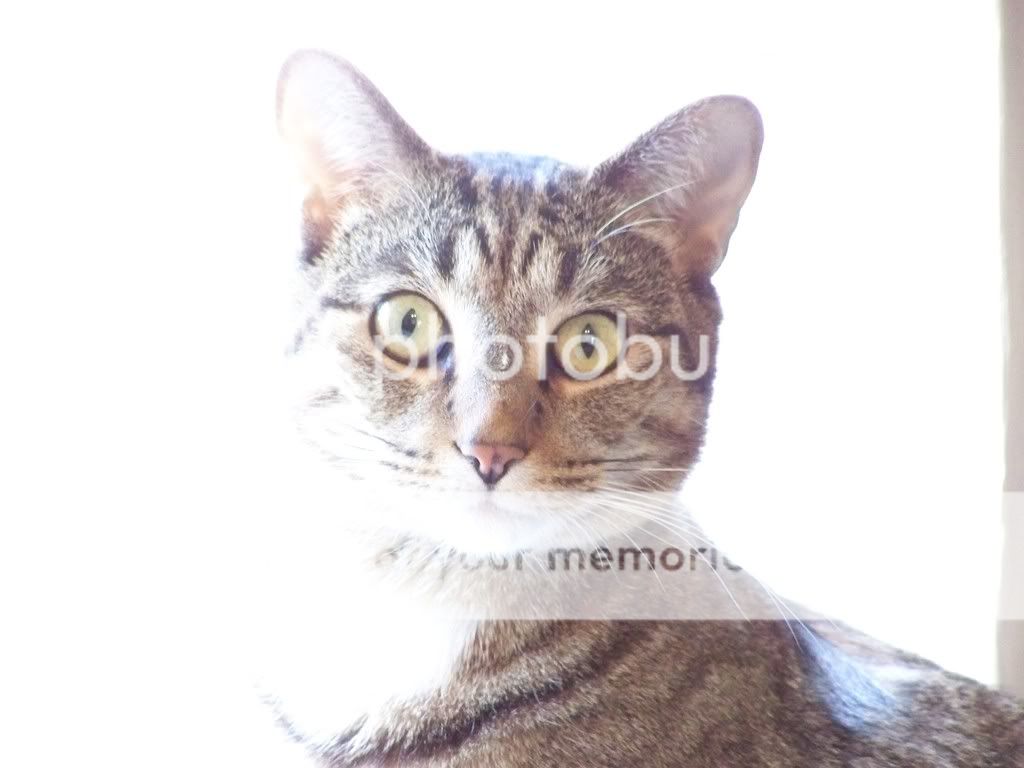Understanding exposure is a good book to have. However, I think he could have covered exposure in a much more concise manner:
Three settings work together to correctly (or incorrectly) expose a scene: ISO, Aperture, and Shutter Speed.
ISO ("film speed") - Sensor or film sensitivity. ISO is sometimes referred to as "film speed" since you can use a faster shutter speed with a higher ISO. ISO is not a measurement of shutter speed. Higher ISOs usually have more "noise" or graininess too them. If you double the ISO number, you double the brightness of the picture. If you halve the ISO number, you make the picture half as bright.
High ISO - Brighter, more noise or graininess.
Low ISO - Darker, less noise or graininess
See
film speed for more information.
Aperture - Opening through which light passes into the lens. Measured in "f-stops" or "f-numbers" (f/#). An f-stop is just the number that you would have to divide the focal length of the lens by to get the aperture. For example, a 50 mm lens with an aperture of f/2.0 would have an aperture with a diameter of 25 mm.
Large Aperture (small F-number) - Brighter, shallow depth of field.
Small Aperture (large F-number) - Darker, large depth of field.
See
F-number and
aperture for more information.
Shutter Speed - the amount of time the shutter is left open and the film or sensor is exposed. A shutter speed that is twice as long will make the picture twice as bright. A shutter speed that is half as long will make the picture twice half as bright.
Slow Shutter Speed - Brighter, objects in motion will be blurred.
Fast Shutter Speed - Darker, objects in motion will not be blurred.
See
shutter speed for more information.
Of course, there are some generalizations here and all three of these subjects could use a bit more discussion but above is basically what you need to know. I value Understanding Exposure for his explanations of how he took each picture but not so much the actual explanation of the technical aspects of exposure.














![[No title]](/data/xfmg/thumbnail/41/41778-1940e957c27e1919c300dfedbc32d1c3.jpg?1734176084)
![[No title]](/data/xfmg/thumbnail/37/37606-3c9ffb5906173fa2aa489341967e1468.jpg?1734170733)
![[No title]](/data/xfmg/thumbnail/37/37604-7ad625e983f92f880eb65a264eeef5e4.jpg?1734170732)
